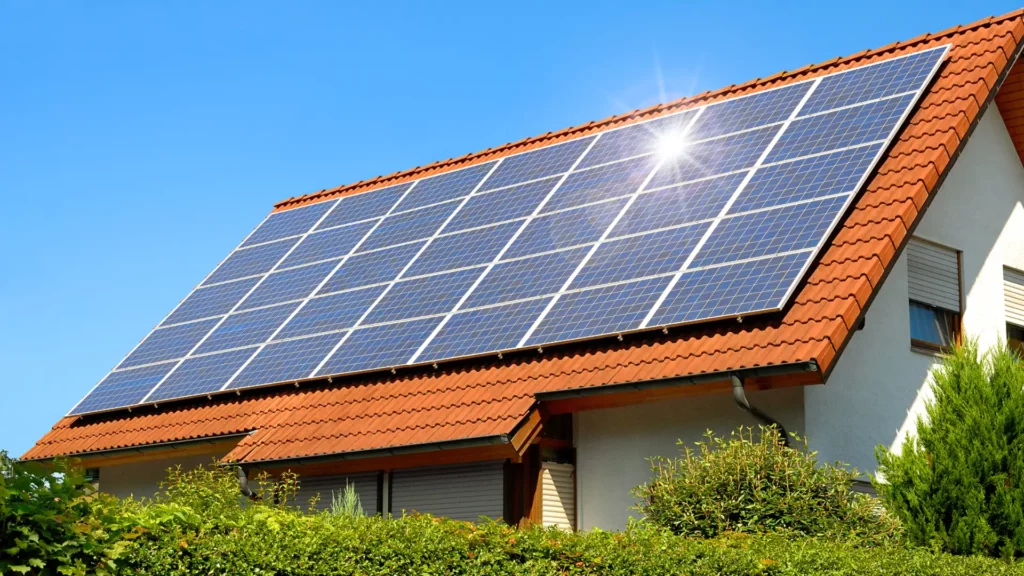The cost of installing Green Energy Solar Panels for your home has dropped significantly in recent years, making solar one of the most affordable forms of alternative energy available.
The average solar panel costs about a third of what it would have cost 10 years ago. This means solar is on the fast track to becoming a mainstream alternative energy source.
Whether you're considering a solar-powered hot tub or a floating solar farm, green energy solar panels can help you save money and the environment.
Understanding Green Energy Solar Panels
Solar panels, also known as photovoltaic panels, are devices designed to convert sunlight into electricity.
These panels are made up of numerous solar cells that capture sunlight and convert it into direct current (DC) electricity.
This electricity can then be converted into alternating current (AC) using inverters, making it suitable for powering homes, and businesses, and even feeding excess energy back into the grid.
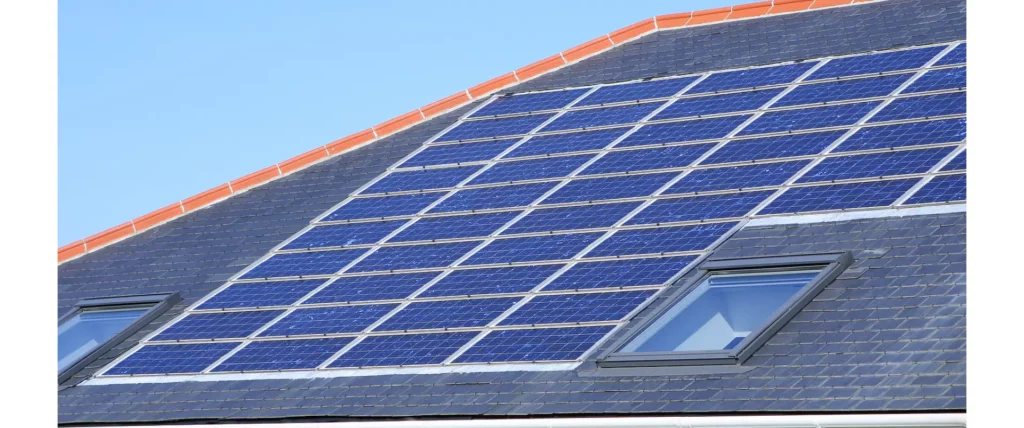
How Do Green Energy Solar Panels Work?
Solar panels function through the process known as the photovoltaic effect. They consist of numerous solar cells composed of semiconductor materials like silicon.
Here's a breakdown of how they work:
- Absorption of Sunlight: Solar cells absorb sunlight, which excites electrons within the material.
- Generation of Electric Current: The excited electrons begin to flow, creating an electric current.
- Conversion to Usable Electricity: This current is captured and transformed into electricity that can be used.
Essentially, solar panels convert sunlight into clean and renewable energy.
Renewable Energy
Throughout history, humanity has utilized nature's forces for energy, from windmills propelling ships to geothermal heat for warmth and baths since Roman times. These renewable energy sources are increasingly being adopted for residential use.
Renewable energy in the US grew to 12.5% by 2020, with solar and wind power reaching new highs. This highlights the ongoing demand for grid modernization.
To promote green technology adoption, tax incentives like the federal investment tax credit (ITC) offer up to 30% coverage for qualifying equipment costs.
The ITC, extended by the Consolidated Appropriations Act 2016, along with state incentives, aims to reduce installation costs and shorten payback periods for green energy technologies.
Globally, solar and wind energy adoption is increasing as costs decrease, making these technologies more accessible.
Continuous investment in renewable resources is essential, despite challenges and the need to consider environmental impacts.
Geothermal energy, a powerful resource from underground, has been used for centuries for bathing and now for electricity.
Studies show geothermal can surpass coal in electricity generation, especially when combined with solar and wind energy, making it a vital part of the U.S. energy mix.
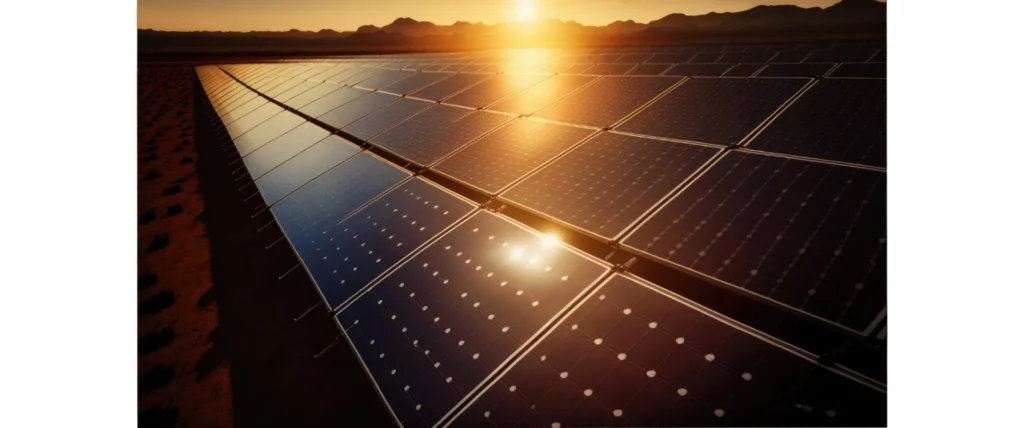
Distributed Solar Systems
Distributed solar systems reduce bills and benefit the environment by using small solar panels to capture sunlight and store it for future use.
The report shows the benefits of distributed PV systems and explores program design options and their impact on adoption.
It features case studies from two US utility companies and provides an overview of current technologies and the state of distributed PV.
Collaborating with utilities can cut costs and increase renewable energy usage. Distributed solar systems improve grid reliability and create more jobs in the renewable sector compared to fossil fuels. They also attract clean energy businesses to areas.
However, distributed PV introduces potential grid risks, such as unintentional islanding and transient overvoltages, which utilities must address through careful planning and targeted grid upgrades to maintain reliability, especially with higher PV integration.
The Grid Modernization Lab Consortium is launching initiatives to promote solar and energy efficiency, including funding opportunities and projects like the multi-Lab Grid Modeling Support for Puerto Rico Phase 2, aimed at strengthening grid resilience and advancing clean energy goals set by the U.S. Department of Energy.
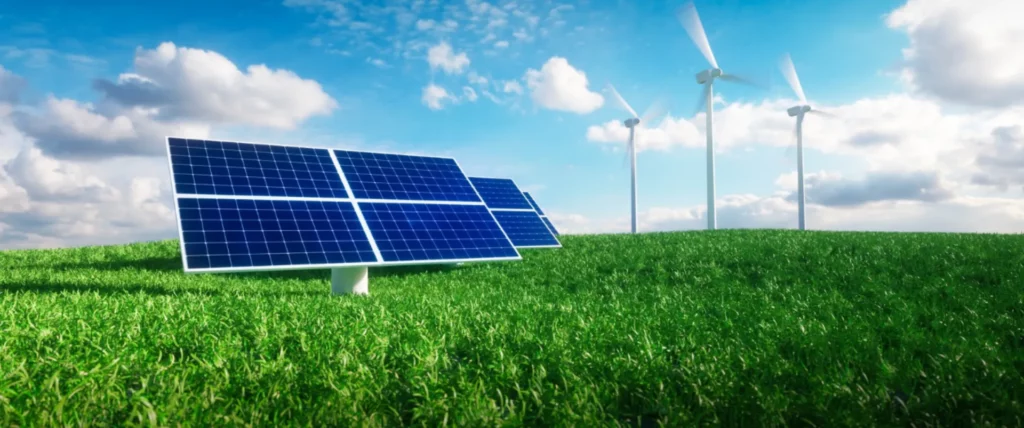
Floating Green Energy Solar Panel Farms
Floating solar farms, like the 320 MW one in China, with a 100 MW wind farm and 8 MWh battery storage, offer benefits like land-based solar projects.
They conserve water in drought-affected areas like California, aiding cranberry farmers.
Floating solar panels are a new technology made from safe plastics. They benefit from water's cooling effects, improving energy efficiency by 10% or more.
Good spots for these farms are places with open water and access to electricity.
Thailand aims for carbon neutrality by 2050, emphasizing floating solar farms to promote renewable energy, public interest, and sustainable job creation.
Despite high initial costs, the Cohoes floating PV project saves the city $5 million per year on electricity. It generates 10% of electricity demand and allocates 40% for community use.
Challenges remain for the widespread adoption of floating solar technology.
Wind Power vs Green Energy Solar Panels
Wind power, a green energy source, is promising. Wind turbine energy output increases with wind speed, but only until 25 meters per second.
Suitable locations are limited, and larger turbines have higher capacity factors than nuclear energy, though this may decrease over time.
Land-based wind energy is affordable, costing as little as one cent per kilowatt-hour after tax credits.
It creates jobs, especially in the U.S., where the wind industry employs over 100,000 people. Wind turbine technician is one of the fastest-growing occupations.
Wind power is a useful but variable energy source. It needs reliable sources to stabilize the grid, particularly for offshore farms.
Wind can't replace nuclear and coal power completely but can make a significant contribution in certain conditions.
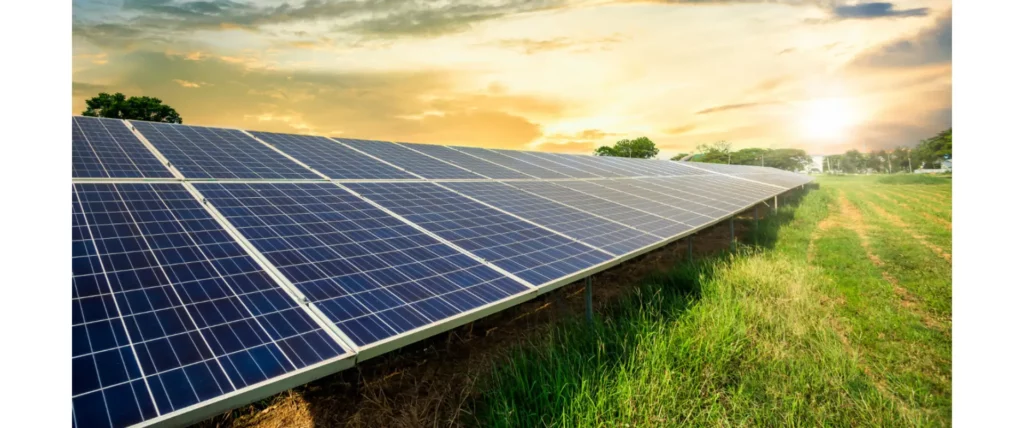
8 Benefits of Upgraded Solar Panels
Upgraded solar panels offer numerous benefits compared to older or traditional solar panel technology.
These advancements are a result of ongoing research and development in the field of solar energy. Here are some key benefits of upgraded solar panels:
- Higher Efficiency: Upgraded solar panels often feature advanced photovoltaic materials and improved cell designs, leading to higher energy conversion efficiency. This means that they can convert a larger portion of sunlight into electricity, maximizing the energy output for a given surface area.
- Increased Energy Output: With higher efficiency comes increased energy production. Upgraded solar panels generate more electricity per unit of sunlight, which can be especially advantageous for installations with limited roof space or in areas with less sunlight.
- Improved Durability: Advanced materials and manufacturing processes used in upgraded panels enhance their durability and longevity. This results in a longer operational lifespan, reducing the need for frequent replacements and maintenance.
- Better Low-Light Performance: Upgraded panels often have improved low-light performance, allowing them to generate electricity even in overcast conditions or during early morning and late afternoon hours. This makes them more reliable and consistent energy generators.
- Enhanced Aesthetics: Some upgraded solar panels are designed to be more aesthetically pleasing, with sleeker profiles and options for better integration into architectural designs. This can make them more appealing for residential and commercial installations.
- Reduced Installation Costs: Improved efficiency means that fewer panels may be required to achieve a desired energy output, potentially reducing installation and balance-of-system costs. Additionally, the longer lifespan of upgraded panels means fewer replacements over time, leading to overall cost savings.
- Higher Energy Density: Upgraded panels can pack more power into a smaller area, making them ideal for installations with limited space. This is particularly valuable for rooftop installations and urban environments where space is at a premium.
- Advanced Monitoring and Maintenance: Many upgraded solar panels come with built-in monitoring systems that allow users to track their energy production and system performance in real-time. This facilitates proactive maintenance and ensures optimal operation.
Conclusion
Solar technology has made impressive progress, with cost reductions making solar energy more accessible.
Advanced panels efficiently harness solar power, reducing our carbon footprint and combating climate change.
As an environmentalist who loves renewable energy, I'm excited about the advancements in solar technology.
Solar panels capture sunlight and turn it into clean energy, which is sustainable and has financial benefits. It's a great way to make a positive impact on the environment while saving money.
Source:
https://www.sciencedirect.com/topics/engineering/solar-panel

